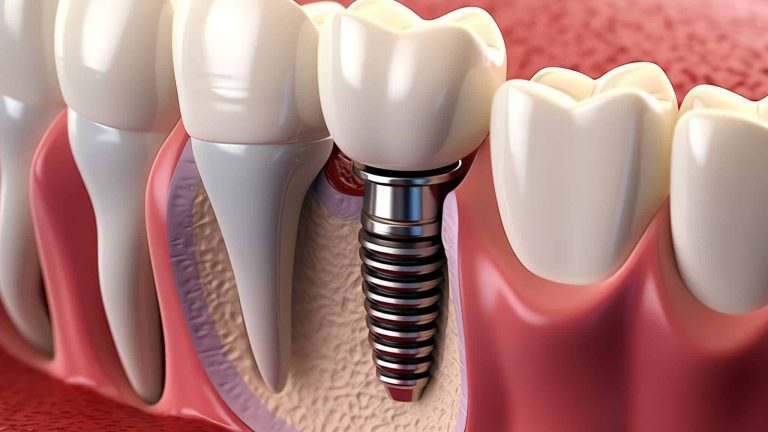Gum disease is one of the most common causes of tooth loss in adults, but what’s most concerning is that it often progresses unnoticed until it reaches an advanced stage. The good news is that with early detection and proper treatment, it is possible to stop the progression of these diseases and maintain a healthy mouth. In this article, we’ll explain how to identify the early symptoms of gum disease and what treatments are available to prevent major complications.
Common Symptoms of Gum Disease:
It’s crucial to be aware of the early signs of gum disease, also known as periodontal disease. Below are the most common symptoms that indicate your gums may need professional attention:
- Red or swollen gums:
One of the first signs of gum disease is inflammation. If your gums look redder than usual and are swollen, they may be inflamed due to plaque buildup. - Bleeding when brushing or flossing:
Bleeding during oral hygiene is a clear sign that something is wrong. Although it can sometimes be caused by overly aggressive brushing, if your gums bleed frequently, it’s a warning sign of gingivitis, the early stage of gum disease. - Persistent bad breath (halitosis):
Bad breath that doesn’t go away despite maintaining good oral hygiene can be a sign of bacteria accumulating below the gum line, indicating a developing periodontal problem. - Receding gums:
If you notice that your teeth appear longer than usual, it may be a sign of receding gums. This occurs when the gums pull away from the teeth, exposing the roots and creating space for bacteria to accumulate. - Loose teeth or changes in your bite:
In the more advanced stages of periodontal disease, the gums and bone that support the teeth deteriorate, which can cause teeth to feel loose or lead to changes in your bite.
Causes of Gum Disease:
Gum disease is caused by the buildup of plaque on the teeth and gums. Without proper dental cleaning, plaque hardens into tartar, a hard layer that can only be removed by a dental professional. Below are some of the main causes of these diseases:
- Poor oral hygiene:
Not brushing your teeth regularly or doing it incorrectly can lead to the buildup of plaque, which is the main cause of gingivitis and, if left untreated, periodontitis. - Smoking:
Smoking not only affects the lungs but also the gums. Tobacco reduces blood flow to the gums, making healing difficult and promoting the development of periodontal disease. - Hormonal changes:
Hormonal changes in women, such as during pregnancy or menopause, can make the gums more sensitive and prone to inflammation and bleeding. - Systemic diseases:
Diseases such as diabetes can affect gum health. People with diabetes are at higher risk of developing gum infections due to their reduced ability to fight off bacteria. - Genetic factors:
Some people are more prone to developing gum disease due to hereditary factors, even if they maintain good oral hygiene.
Stages of Periodontal Disease:
There are different stages in the development of gum disease, and detecting them early can make a big difference in treatment. Below are the two main stages:
- Gingivitis:
This is the initial stage of gum disease and is reversible if treated early. Symptoms include inflamed gums and bleeding when brushing, but there is no irreversible damage to the bone or tissues that support the teeth yet. - Periodontitis:
If gingivitis is not treated, it can progress to periodontitis. In this stage, the gums recede, and pockets form around the teeth, where bacteria can accumulate and cause destruction of the bone and tissues. Without treatment, periodontitis can lead to tooth loss.
Available Treatments:
The treatment of gum disease depends on the severity of the condition. Here are the most common options available at Clínicas La Guardia:
- Professional dental cleaning (prophylaxis):
If the disease is in its early stage (gingivitis), a professional dental cleaning may be enough to remove plaque and tartar buildup, stop inflammation, and restore gum health. - Deep cleaning (scaling and root planing):
For cases of periodontitis, the dentist may perform a deep cleaning to remove plaque and tartar below the gum line. This procedure also smooths the tooth roots to prevent bacteria from reattaching. - Antibiotic treatments:
In some cases, dentists may prescribe antibiotics to eliminate bacterial infections that cannot be treated with cleaning alone. These medications can be in the form of mouth rinses or gels applied directly to the periodontal pockets. - Periodontal surgery:
In advanced cases of periodontitis, periodontal surgery may be necessary to clean deep pockets in the gums and, in some cases, regenerate lost bone and tissue.
Prevention:
The best way to avoid gum disease is through prevention. Here are some key tips for keeping your gums healthy:
- Brush your teeth twice a day:
Use a soft-bristled toothbrush and fluoride toothpaste to remove plaque and prevent buildup. - Floss daily:
Flossing is essential to clean areas between your teeth that your toothbrush can’t reach. - Avoid tobacco:
Smoking significantly increases the risk of developing gum disease, so quitting smoking is an important preventive measure. - Visit the dentist regularly:
Regular cleanings and checkups are essential for catching problems early and preventing more serious complications.
Conclusion:
Early detection of gum disease is key to preventing serious problems like tooth loss. Being aware of the early symptoms and visiting the dentist for proper treatment can make a big difference in your oral health. If you have noticed any of the symptoms mentioned in this article, don’t hesitate to schedule an appointment with us.



